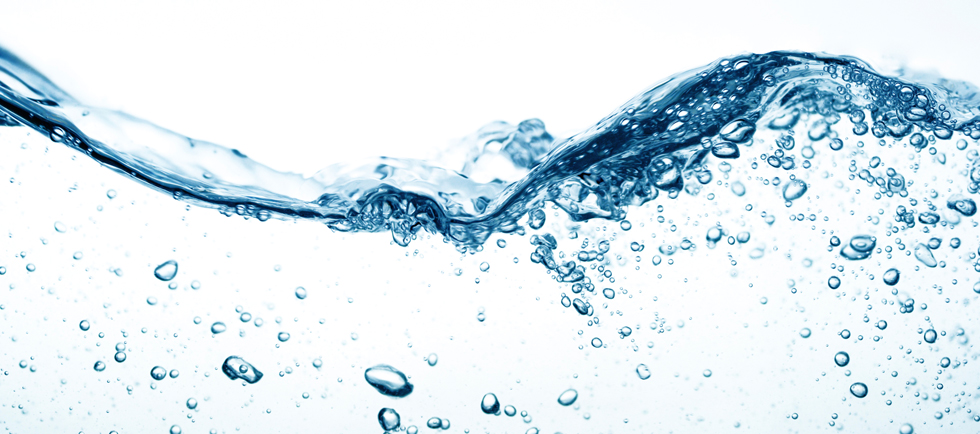|
|
|
Huge Surface
|
|
|
Low Bulk Density
|
|
|
Organic
|
|
|
© ZEO, Inc. ZeoSand Natural Zeolite Filter Media
|
|
Filtration at Depth
Mechanical straining occurs when dirt particle are filtered or trapped between touching filter media particles. As the trapped dirt builds up in the top of the filter bed, the water flow is restricted by the filter trapping smaller and smaller particles. The flow is restricted and the filter pressure increases to the point where backwash is needed.
When physical absorption occurs throughout the filter bed, the phenomenon is called depth filtration. The physical attraction of the dirt particles to the filter media is due to weak electronic charge differences in ZeoSand and dirt. The rough ZeoSand interrupts the smooth water flow through the filter bed by creating eddies or areas of turbulence. In this area, the weak and opposite electronic charges of ZeoSand and the dirt can interact with dirt becoming stuck on the ZeoSand surface. The depth filtration of ZeoSand gives finer filtration and higher dirt loading for longer filter runs.
Higher Flow Rates
The higher flow rates through ZeoSand filter media versus sand are probably due to the much larger surface area and higher porosity of ZeoSand. The rough ZeoSand surface causes the immediate area around the ZeoSand particle to be surrounded by turbulent water. The water in this turbulent area reduces the friction or drag between the smoothly flowing water and the ZeoSand surface. Dean and Bhushan reviewed how fluid drag is reduced by turbulent flow (Dean, Brian, and Bharat Bhushan. “Shark-skin surfaces for fluid-drag reduction in turbulent flow: a review.” Philosophical Transactions of the Royal Society A: Mathematical, Physical and Engineering Sciences 368.1929 (2010): 4775-4806.).
ZeoSand is highly porous and will hold about 50% of its weight in water; sand hold about 5%. In high pressure sand filter, a small portion of the water flows through the ZeoSand granule. This small flow may reduce the drop across the filter bed.
Cation Exchange Capacity
The cation exchange capacity of ZeoSand is the basis for many of the industrial filtration applications. The ino exchange applications of natural zeolites have been reviewed by several authors including:
Misaelides, Panagiotis. “Application of natural zeolites in environmental remediation: A short review.” Microporous and Mesoporous Materials 144.1 (2011): 15-18.
Wang, Shaobin, and Yuelian Peng. “Natural zeolites as effective adsorbents in water and wastewater treatment.” Chemical Engineering Journal 156.1 (2010): 11-24.
